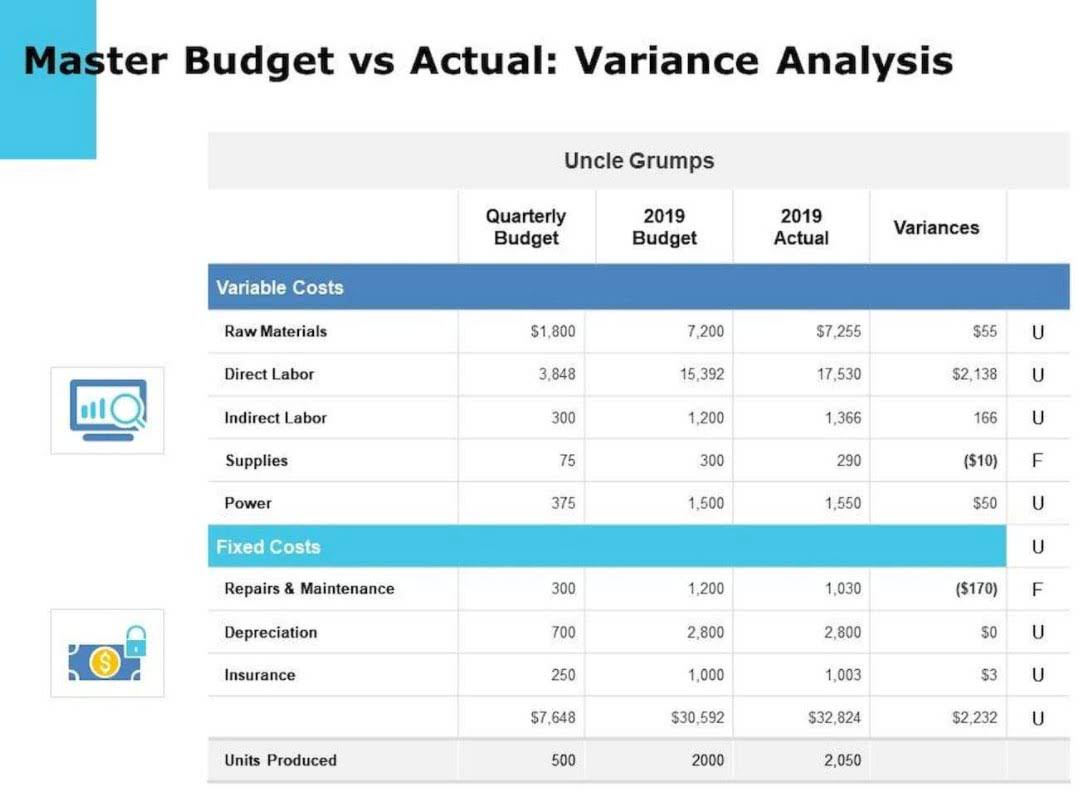
The matching principle requires expenses to be recognized in the same period as the revenue they help generate. This principle is a fundamental concept in accrual accounting and ensures that financial statements accurately reflect a company’s financial performance over a specific period. By matching expenses with revenue, financial statements provide a more accurate picture of a company’s profitability and financial health.
Transactional and Accounting Accuracy

In order to apply the matching principle, management of a company is required to apply judgment to estimate the timing and amount of revenues and expenses. Prudence concept, which is a related accounting principle, requires companies not to overstate revenues, understate expenses, overstate assets and/or understate liabilities. Matching principle is what differentiates the accrual basis of accounting from cash basis of accounting. It requires recognition of revenues and expenses regardless of the actual receipt of cash from revenues and actual payment of cash for expenses.
Benefits of Automating the Matching Process

As much as https://www.bookstime.com/articles/net-terms companies want to pay their suppliers promptly, manual processing may cause delays because of backlogs or misplaced documents. Late payments tarnish a company’s reputation and may affect future transactions. Most companies use a manual matching processes to record financial transactions.
- It purchases a large appliance from wholesalers for $5,000 and resells it to a local restaurant for $8,000.
- This principle is a fundamental concept in accrual accounting and ensures that financial statements accurately reflect a company’s financial performance over a specific period.
- Standardizing document formats across your organization and with suppliers dramatically improves efficiency.
- By stretching their costs across their useful life, you match the expense of long-term assets with the income they help produce.
Solid Supplier-Buyer Relationship
Adjustments to contracts, evolving project scopes, and various degrees of customer involvement add layers of difficulty. CFOs like to steer clear of ‘revenue leak‘—essentially, gaps between the profits on the books and the cash actually making its way to the bank. Learn how to record 401K employee contributions with this comprehensive guide.
- In its simplest form, the matching principle requires that expenses be matched with revenue in the period it was earned.
- If expenses were reported as soon as they occurred, then company statements would be very inconsistent and profit figures would not be comparable.
- Another area of misunderstanding involves contingent liabilities, which depend on uncertain future events, such as lawsuits or warranty claims.
- The revenue recognition principle states that revenue should be recognized when it is earned, and the company has provided goods or services to the customer.
- One of the primary ethical considerations in revenue recognition is the need to accurately measure and report revenue.
What are Principles of Accounting? The Principles Explained

To illustrate the matching principle, let’s assume that a company’s sales are made entirely through sales representatives QuickBooks (reps) who earn a 10% commission. The commissions are paid on the 15th day of the month following the calendar month of the sales. For instance, if the company has $60,000 of sales in December, the company will pay commissions of $6,000 on January 15.
In other words, you don’t need an industrial-grade eraser to make an entry. Pho My Life (PML) Noodle Shop recently purchased 5 TVs from a supplier to display in its dining room for $2,500 in total. Here’s a detailed walkthrough of the process and an analysis of its impact on accounting. They’re predetermined thresholds that define acceptable differences between documents—like invoices within 3% of PO amount or variances under $100. Manual data processing and invoice matching is laborious and may be prone to errors and misinterpretation. Physical copies can be misplaced, lost, or damaged due to mishandling or storage problems.
These investments are methodically matched against revenues from the resulting products or services, showing a match accounting transparent picture of profitability. The purpose of 401K employee contributions is to help individuals save for their retirement years. These contributions can be invested in a variety of options, such as mutual funds, stocks, bonds, and other investment vehicles, allowing the funds to grow over time. Additionally, many employers offer matching contributions, where they will match a portion of the employee’s contributions, further enhancing the growth potential of the account.
Accrual accounting, supported by GAAP and IFRS, captures economic events as they occur, irrespective of cash flow. This approach is essential for businesses extending credit to customers or receiving goods and services on credit. By applying the matching principle, these businesses ensure their financial statements offer a realistic portrayal of their financial position. Revenue recognition is a crucial aspect of accounting that requires careful consideration of several principles, including the revenue recognition and matching principle. These principles guide the accounting treatment of revenue and expenses and ensure that financial statements accurately reflect a company’s financial performance.
